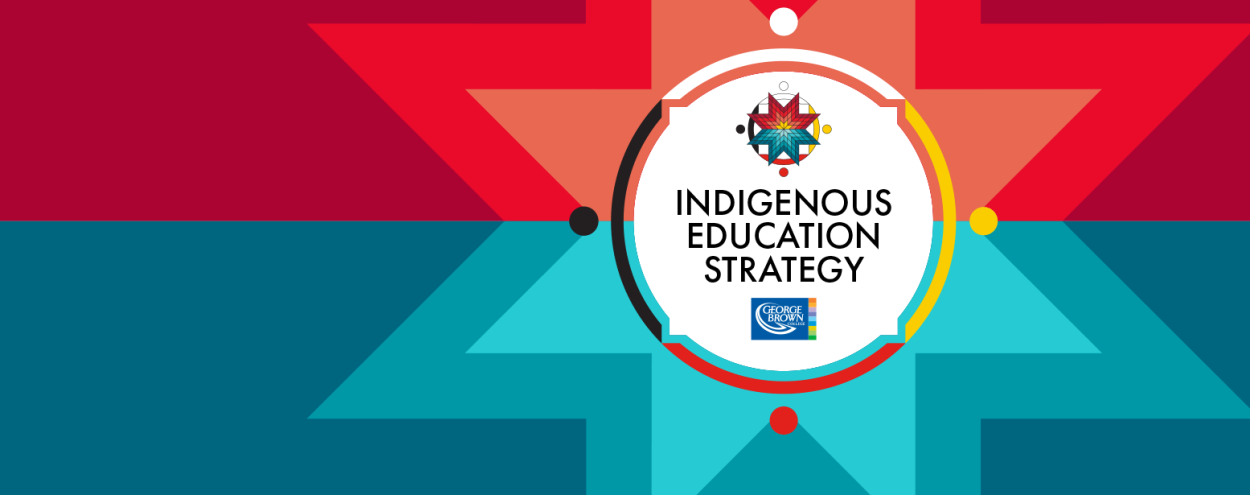
George Brown College has launched its first Indigenous Education Strategy — outlining concrete commitments that support Indigenous education initiatives and integrate Indigenous ways of knowing into curriculum, classroom practices and institutional decision-making.
Grounded in the principles of reconciliation, the vision for the strategy centres Indigenous knowledge. The strategy is guided by the Anishinaabe concept of Mino-Bimaadiziwin, a value system of achieving a “good quality of life.”
“Our new Indigenous Education Strategy is a living, fluid document,” says Audrey Rochette, Director, Indigenous Initiatives. “It will continue to change, expand and pivot to meet the evolving needs of our community. The strategy embraces a holistic approach — centred around Mino-Bimaadiziwin and wellbeing of our community at George Brown.”
The launch of this strategy is a vital step in a journey that began several years ago at George Brown. When the Truth and Reconciliation Commission (TRC) released its Calls to Action in 2015, it underscored the need for meaningful change in areas such as education, professional development and the training of healthcare workers.
As the starting point for our response, George Brown committed to Colleges and Institutes Canada’s Indigenous Education Protocol; initiated an external review of our TRC and anti-racism efforts; and began making institutional changes, such as the creation of a Director of Indigenous Initiatives role and embedding Indigenization in Strategy 2022/Vision 2030 as an organizational priority. The Indigenous Education Strategy is the latest effort in this ongoing process.
“This strategy will guide us as we integrate Indigenous ways of knowing into curriculum, classroom practices and institutional decision-making,” says President Gervan Fearon. “It will be an integral roadmap for George Brown to meet the needs of the community, respond to national frameworks on reconciliation and become a leader in Indigenous education."
Rochette says she hopes the George Brown community will start to incorporate the Indigenous Education Strategy’s commitments immediately:
“Now is the time to act,” says Rochette. “We’ve created a framework with guiding principles — but it’s up to each individual to put these strategies into motion.”
